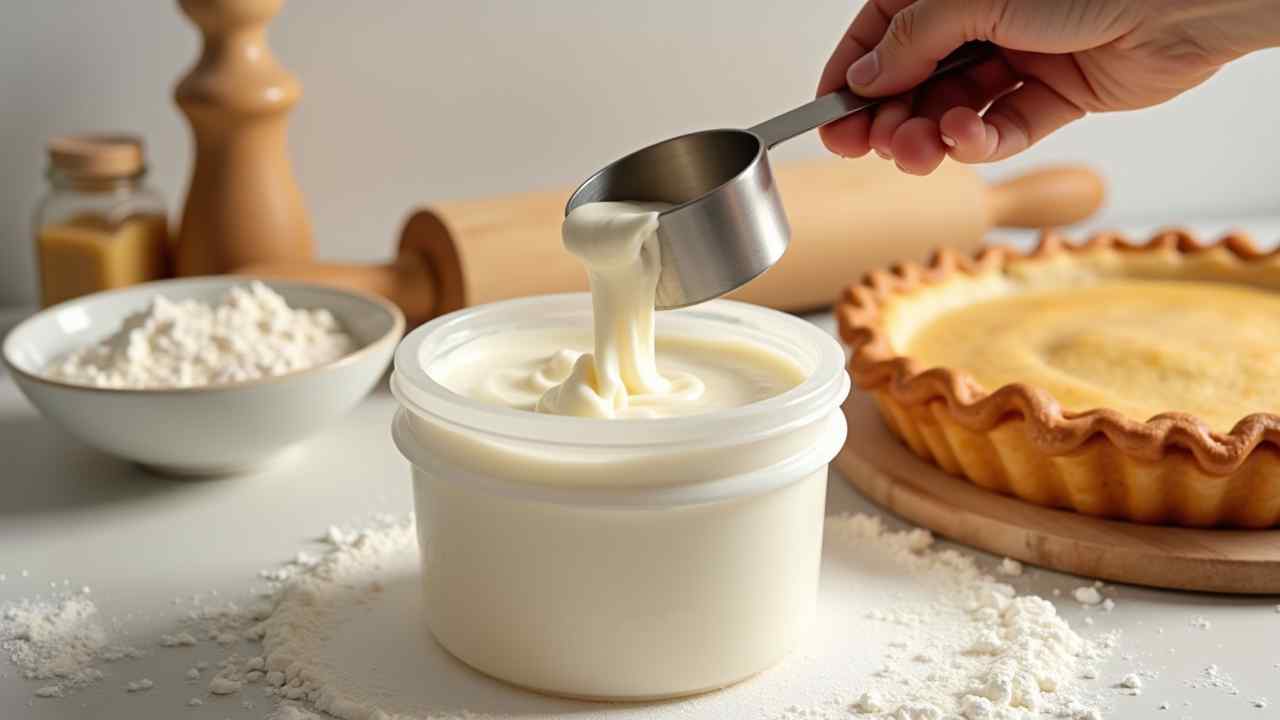
🧈 What is Vegan Shortening? A Baker's Guide to Flaky Pastries
🧈 What is Vegan Shortening? (A Baker's Guide to Flaky Pastries) 🧈
For any baker, creating a perfectly flaky pie crust or a tender biscuit is a major goal. The secret ingredient for that texture is often shortening. But for vegan bakers, this ingredient can be confusing. Is it plant-based? Is it healthy?
The great news is that modern shortening is a fantastic tool for plant-based baking. The days of animal lard or unhealthy trans fats are mostly gone. Today's vegan shortening is a versatile ingredient that can elevate your baking.
This guide will explain what this fat is. We will cover how it is made, the best brands, and when to use it. Let's unlock the secret to the best vegan pastries. ✅
🤔 What Exactly is Shortening?
Shortening is a simple ingredient: it is 100% solid fat. Its name comes from what it does in a dough. It "shortens" the strands of gluten. This prevents the baked good from becoming tough and chewy. Instead, it makes it tender, crumbly, or flaky.
Historically, the first shortening was lard (animal fat). Later, brands like Crisco created vegetable shortening. This was done through a process called hydrogenation. This process created unhealthy trans fats.
Today, the story is different. Modern vegetable shortenings are no longer hydrogenated. They are trans-fat-free. This makes them a much better and safer option for your kitchen. This is the vegan shortening we know today.
🌱 What is Modern Vegan Shortening Made Of?
Most of the shortening you find in the grocery store today is vegan. It is made from a blend of plant-based oils. These oils are processed in a way that makes them solid at room temperature. This is done without creating trans fats.
The most common ingredients are a blend of vegetable oils. These typically include:
- Palm oil
- Soybean oil
- Canola oil
Crisco is the most iconic brand. The modern version of Crisco All-Vegetable Shortening is vegan. It is a reliable and widely available choice. Other brands, like Spectrum, offer organic options. They are often made from sustainably sourced palm oil.
🥧 When Should You Use Vegan Shortening vs. Vegan Butter?
This is an important question for any baker. Vegan shortening and vegan butter are not always interchangeable. They have different properties. The one you choose will affect the final result. Here is a simple guide.
When is Vegan Shortening the Best Choice?
Shortening has a higher melting point than butter. It also contains no water. This makes it the superior choice for creating texture. Use vegan shortening when your main goal is:
- The Flakiest Pie Crusts: The higher melting point creates better steam pockets, leading to more layers.
- The Most Tender Biscuits: It creates a softer, more crumbly texture.
- A Stable Frosting: A buttercream made with shortening will hold up better in warm weather.
When is Vegan Butter a Better Choice?
Vegan butter's main advantage is flavor. It is formulated to taste like dairy butter. Shortening is completely neutral. Use vegan butter when you want that classic, "buttery" taste. It is a great choice for most cookies and cakes.
In conclusion, a good vegan shortening is a fantastic tool to have in your pantry. It is the secret to achieving those perfect, tender, and flaky textures. It will take your vegan pies and pastries to the next level. Happy baking! ✨